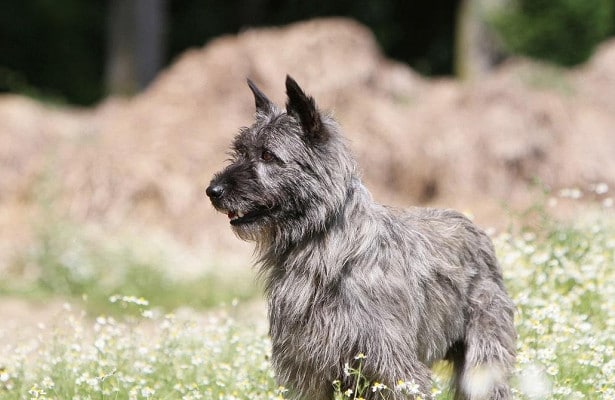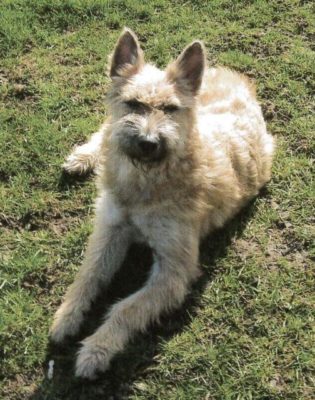Bouvier des Ardennes
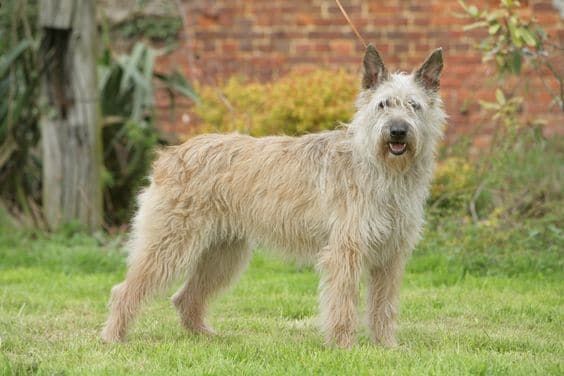
Being a working dog rather than a companion by nature, the Bouvier des Ardennes is both determined and obedient. Despite its penchant for hard work, this breed can be affectionate to its owners. It is inherent for the Bouvier to establish a close bond with their family. And if left alone for too long, they can suffer separation.
Table of Contents
Breed Information
| Another Name | – |
| Origin | Belgium |
| Height | Males 55-63 cm Females 51-57 cm |
| Weight | Males 28-35 kg Females 22-28 kg |
| Fur | Not long, soft, fluffy |
| Color | Gray, black, pale, dark |
| Lifespan | 12-14 years |
| FCI Classification | Sheepdogs and Cattledogs (except Swiss Cattledogs) |
| Group | Dogs for kids |
| Price | From $500 |
Breed Photos
Origin History
The breed originated in the Ardennes region of Belgium. It was first bred in the 17th century by farmers who focused on the dogs’ abilities rather than their appearance. Traditionally, the breed was only used for herding cattle. Later, the Bouvier also proved successful as a hunting dog, tracking wild boar in the countryside. Similarly, they were used as watchdogs and vigilant guardians of livestock.
The First World War hit Belgium hard. So the Bouvier became a valuable companion. It was used to hunt games and feed hungry families. The Belgian Kennel Club later recognized them in 1923. After that, the Bouvier des Ardennes population declined to the point where their existence was questioned. Today, the Bouvier continues to be used on Belgian farms, carrying out its original guarding livestock duties.
Appearance
The Bouvier des Ardennes is of medium size and not particularly attractive. He has a very unusual, wavy double layer of wool. The coat should be thick and waterproof, and the inner layer should be incredibly dense all year round. The dog has a short beard and mustache. Standard coat colors are gray, black, pale, and dark.
They have a relatively small head compared to their body, a short muzzle, and little triangular ears that should stand straight up. Their eyes are small and oval, almost always dark brown or black. Their body should be square in size with long skinny limbs suitable for running. The body itself is very muscular, although it is not immediately evident because of the long hair. The male is 52-62 cm tall, while the female is noticeably shorter at 52-56 cm. The male has a weight of 28-35 kg and the female 22-28 kg.
Character
Being a working dog rather than a companion by nature, the Bouvier des Ardennes is both determined and obedient. Despite its penchant for hard work, this breed can be affectionate to its owners. It is inherent for the Bouvier to establish a close bond with their family. And if left alone for too long, they can suffer separation.
Special care must be taken around small animals because it is like this breed to prey on small prey. Similarly, chasing and pinching the ankles of young children is not uncommon. Such a habit should be discouraged from an early age to avoid constant problems.
Failure to adequately socialize this dog will lead to distrust of strangers and potential aggressive tendencies. The Bouvier can become incredibly hostile if not taught to be friendly. They are known for their courage and will not hesitate to confront even the most severe threats.
Care
The hair of Bouvier des Ardennes does not require any special care. It is enough to comb the dog once a week with a special brush.
Training
When it comes to herding, it is hard to find a breed superior to the Bouvier des Ardennes. One of this breed’s main attributes is its willingness to obey its master, which makes it a charming dog to train.
Despite the above, the dog is not without its problems and can sometimes question authority, especially if the trainer is not consistent. Known for his versatility and intelligence, he will be a good competitor in more modern canine activities such as flyball, agility, and obedience.
Common Diseases
There are several diseases to which they are more susceptible than normal dogs. Screening for these diseases is of paramount importance:
- hip dysplasia;
- elbow dysplasia;
- epilepsy;
- eye condition.
Nutrition
The Bouvier des Ardennes is an omnivorous dog. He is used to living on farms where the owners did not pay proper attention to the diet and fed once a day leftovers from the owner’s table. Of course, this should not be done in any case. The food must always be fresh, of good quality, and balanced.
Beavers often have bloated bellies, and for dogs, this is a severe digestive disorder. Bloating can even be fatal. It is better to feed your dog several times a day in small portions rather than feeding him the entire daily amount at once. After eating, the dog should always rest for about an hour. Otherwise, the stomach or intestines can become congested.
Do not feed legumes, white cabbage, onions, bread, potatoes, cereals (except rice, buckwheat, and oatmeal), and fruits such as apples, pears, peaches, plums. Do not allow your dog to eat fatty meats, smoked foods, sweets. Do not forget that water should always be in the pet’s bowl.
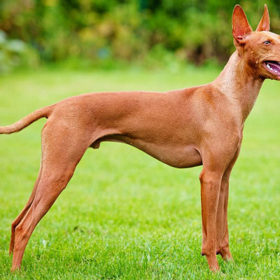 Pharaoh Hound
Pharaoh Hound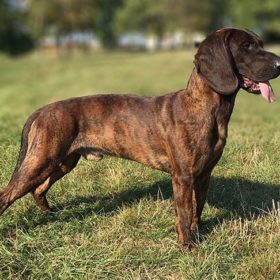 Hanover Hound
Hanover Hound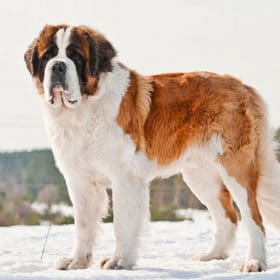 St. Bernard
St. Bernard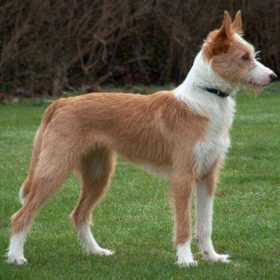 Portuguese Podengo
Portuguese Podengo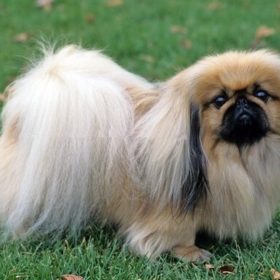 Pekingese
Pekingese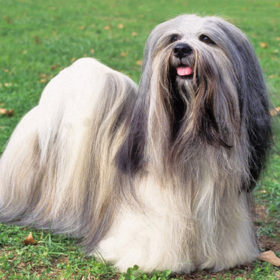 Lhasa Apso
Lhasa Apso
